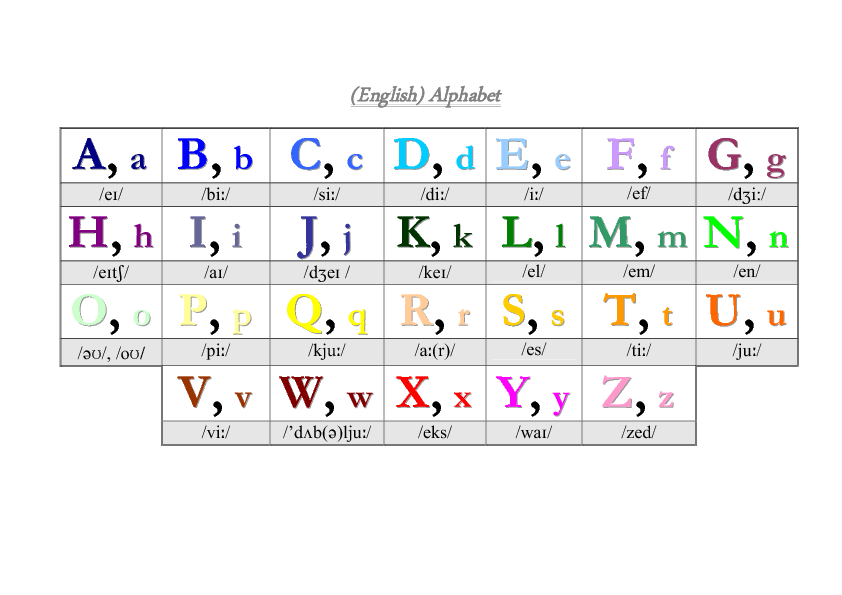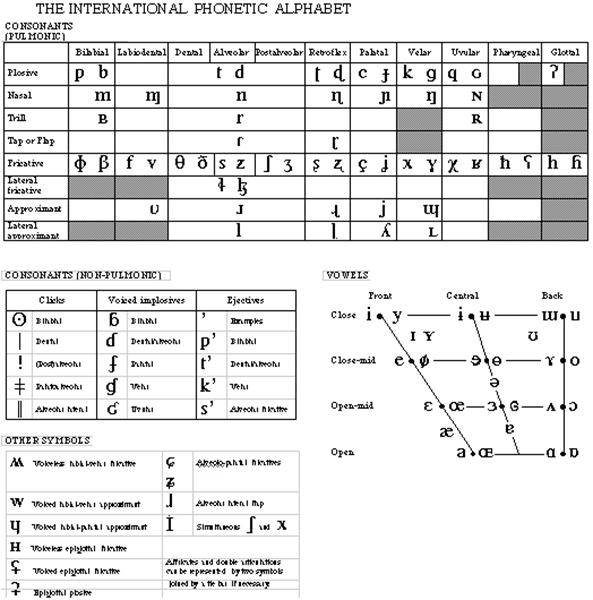

IPA is a helpful tool that voice actors can use to ensure that they pronounce words correctly. Voice actors and screen actors alike can use phonetic transcription to their advantage. IPA symbol chart Jobs Using Phonetic Transcription This will help you figure out how IPA works and how phonetic symbols look and sound when put together. This is a web page where you can copy and paste examples of phonetically transcribed words to hear their pronunciations. These phonetic transcription examples will help you memorize which sound matches each IPA symbol.Īn IPA reader is also a useful tool when getting started reading IPA. This chart, made by scholars at the University of California, Los Angeles, is interactive, and each symbol you click on will play a corresponding sound. If you’re just starting now, all the IPA symbols are in a chart (below) for easy access.
#Phonetic transcriptions to english professional
Adding this skill to your resume can open up a wider array of job opportunities for you by adding to your independent professional development.

It may seem daunting, but any voice actor can learn to read and interpret IPA symbols. Even if the speaker has never studied the language previously, they will be able to say the words aloud. IPA works for every language in the world, not just English.
#Phonetic transcriptions to english how to
If you know how to use IPA, whether you know the meaning of the word in question or not, you will have the correct pronunciation from reading the phonetic symbols. This may be tricky, however, which is where phonetic transcription comes in handy.Įven native English speakers pronounce words incorrectly if they are not familiar with them this is where IPA transcriptions and phonetic transcription can help. Professional voice actors should be able to adjust their default accents to those needed for whatever job they’re doing. Why Is Phonetic Transcription Important?Īll languages have differences in accents and dialects, country to country, region to region, and even town to town.

Even if you’re more familiar with the Latin alphabet, it is not difficult to pick up on IPA. These differences occur because the Latin alphabet and the IPA have different systems and ways of transcribing audio material. Other words, like the actual word “other,” look quite different: ˈʌð ər.

Some words, like “dress,” look very similar to their English spellings when spelled out using the IPA: drɛs. The IPA is the most widely used and recognized system for phonetic transcription. Phonetic transcription features symbols from the International Phonetic Alphabet (IPA). Phonetic transcription can transcribe any language in the world. These languages have phonetic symbols, each representing a consonant or vowel sound. Phonetic transcription and traditional transcription use different languages. Typical transcriptions feature the words people say verbatim, including thinking words and sounds such as “um,” “like,” “uh,” or “hmm.” Phonetic transcription is a written guide to pronouncing specific words. But what is phonetic transcription, and how can you use it to advance your career? In this article, we have compiled all the resources to get started on learning about phonetic transcription. If you’re a voice actor or transcriber, phonetic transcription is probably a familiar term.


 0 kommentar(er)
0 kommentar(er)
